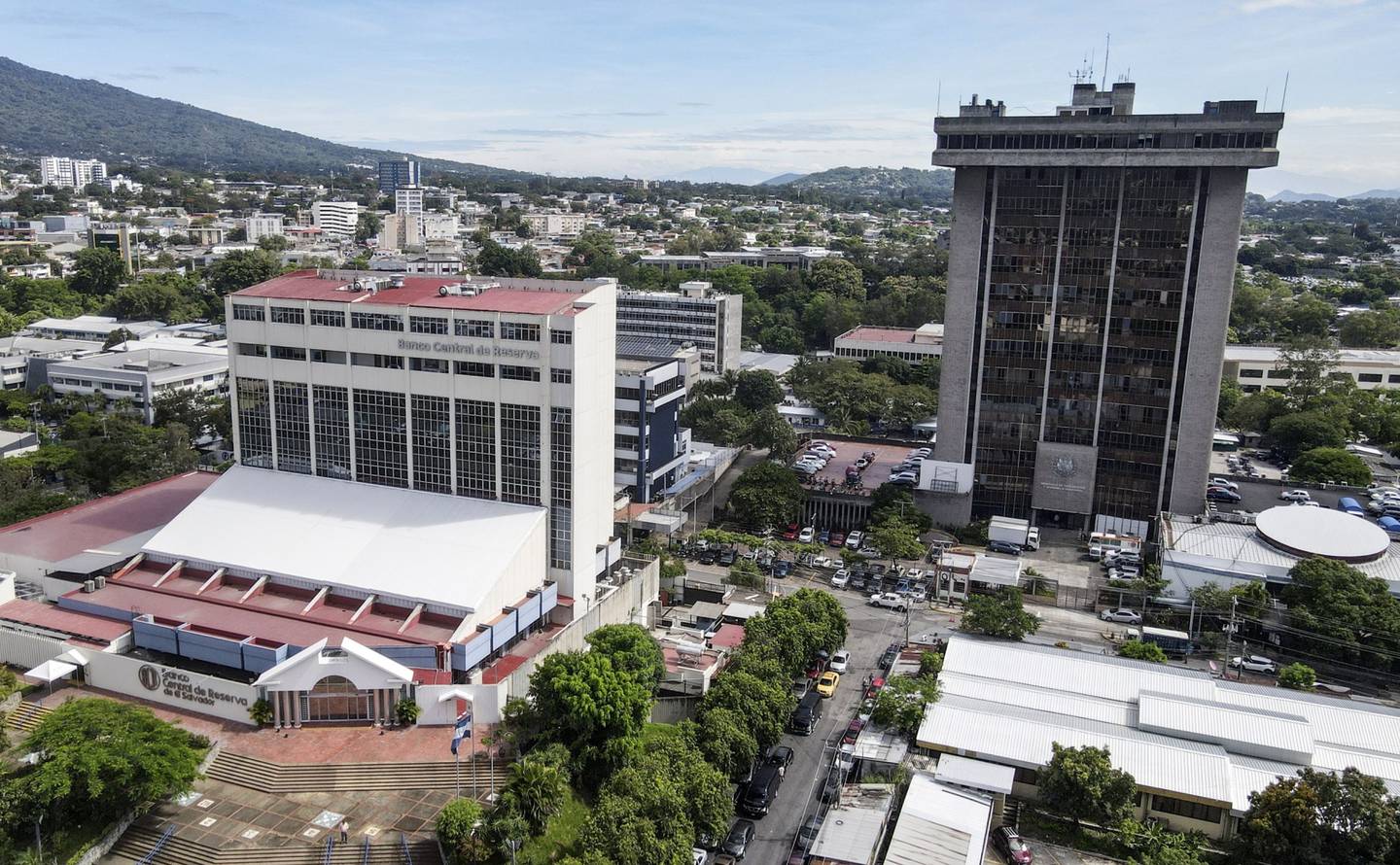Specialists have recently indicated that El Salvador’s net international reserves show low levels.
The International Monetary Fund (IMF) mission reviewed Article IV and indicated that although the country’s overall fiscal deficit was reduced to about 2.5% of GDP, international reserves have fallen to about two months of imports.
Also, Sergi Lanau, deputy chief economist at the Institute of International Finance (IIF), said in September 2022 that the external financing outlook would be critical for the bond payment due January 24.

Although he now acknowledges being overly pessimistic, “we still believe that avoiding extreme distress in 2023-24 will be impossible without a policy change. It is not clear that the bond maturing by 2025″ will be paid.
Lanau estimated that as of January 31, El Salvador’s reserves totaled US$1.8 billion, which is lower than the US$2.240 billion recorded by the Central Reserve Bank (BCR) in 2022.
This figure was already 33% lower than in 2021 (US$900 million less).
Weeks ago, Fitch Ratings also talked about the “precarious levels of net international reserves”, which have maintained a downward trend in the last four years, pressured mainly by a large current account deficit that the agency forecasts at 5.8% of GDP in 2023 (despite relatively high remittance inflows) and high external amortizations.
In an analysis shared on social networks, economist and advisor Otto Boris Rodríguez said that “what must be clear is that the resources available to the economy are increasingly limited”, and the Central Bank “has a ceiling as well”.
The expert described it as “difficult and complex circumstances, given the principle that the Central Bank should not finance the State, nor its institutions, either directly or indirectly”, which is also a rule for prudential reasons to avoid or minimize the risk of destabilization of the macroeconomy, is being broken.
“The BC is usually the last resort resource in economies.”
Although the “appropriate level” of NIR depends on market expectations about a country’s liquidity and solvency conditions to attract international capital flows, the IMF argues that international reserves should cover three to four months of a country’s imports to smooth consumption in the event of a dramatic drop in exports.
With information from Bloomberg

